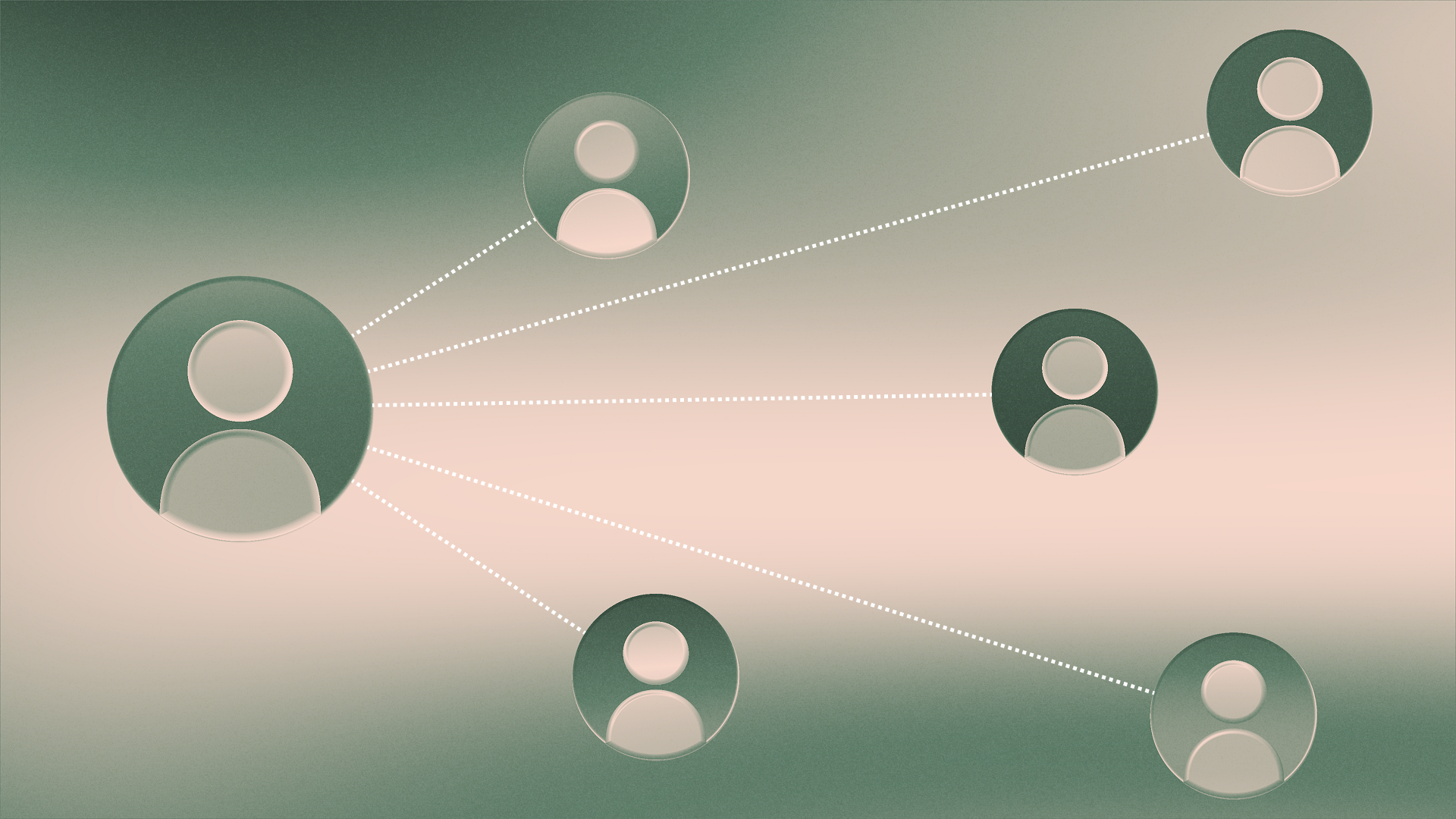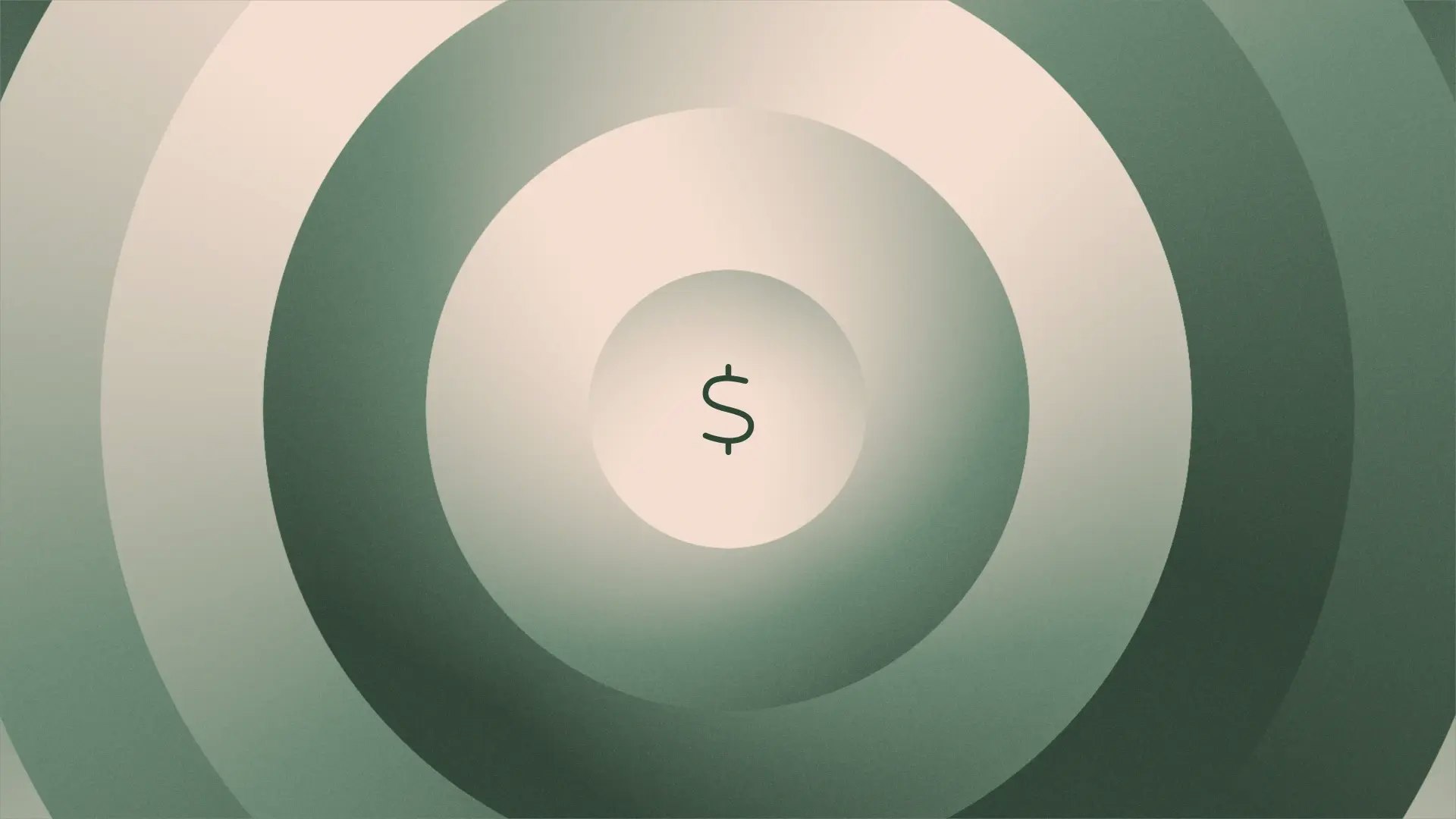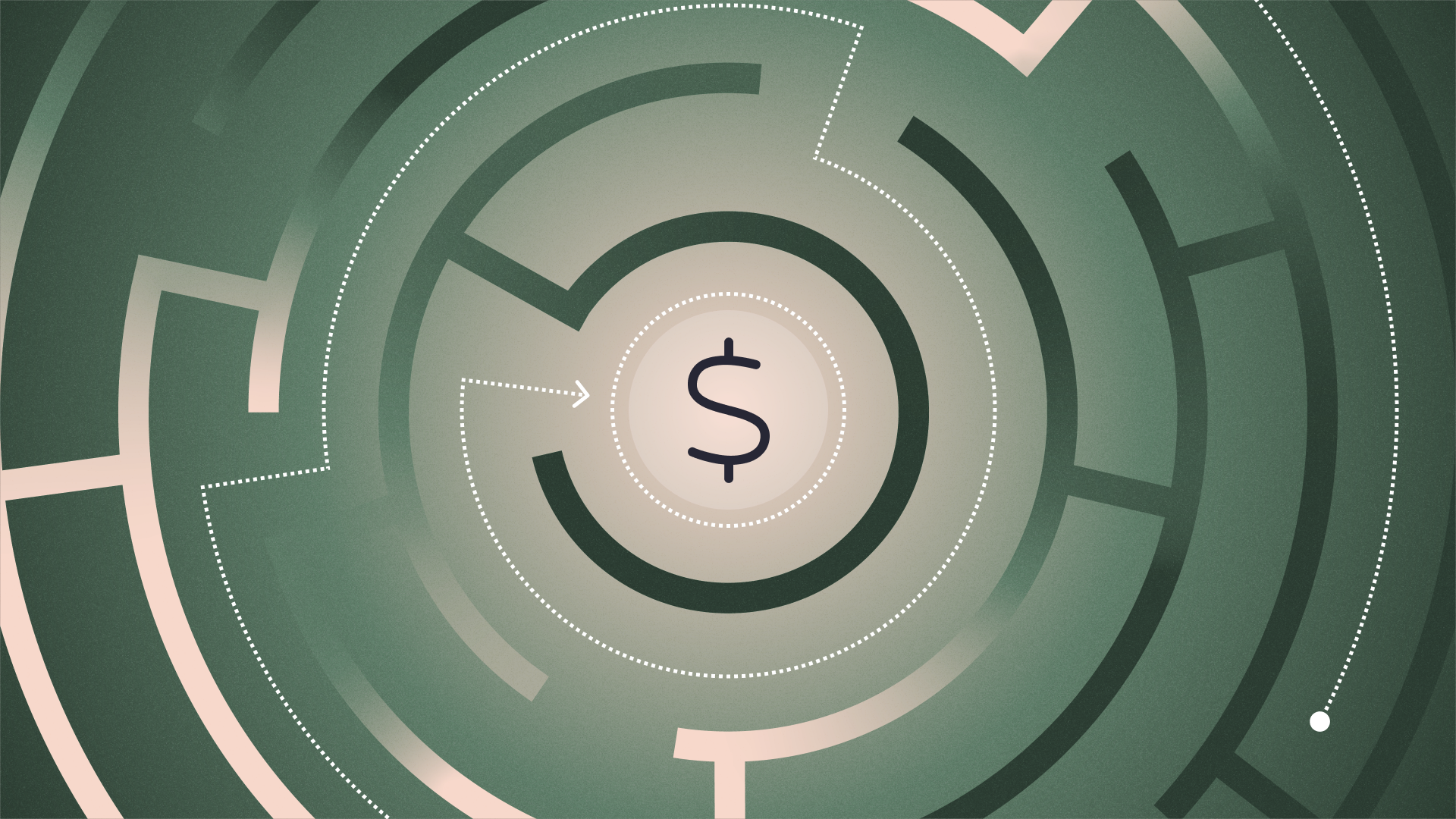What is earned growth rate?

Net promoter score (NPS) is often cited as the predominant metric for brands to understand their success with (and value to) their customer base. NPS is based on a single question: On a scale of 0 to 10, how likely is it that you would recommend this company to a friend or colleague? From there, it allows you to categorize customers into three categories: promoters, who give the product a score of 9 or 10; passives, who rate it 7 or 8; and detractors, who give the product 6 or less. Figuring out your NPS is then just simple arithmetic — the number of promoters minus the number of detractors.
On its own, NPS is meant to serve as an objective measure of customer loyalty. But as the system has grown in popularity, so too did its misuse. It has often been gamified, incorrectly tied to employee bonuses, or otherwise administered in ways that encouraged inflation. And with this misuse of the system came a watering down of the score’s validity and value as a representative business metric.
The original creator of NPS, Fred Reichheld, saw the shortcomings of NPS as a standalone and impressionable metric and realized a complementary metric was needed. That’s where earned growth rate comes in.
What is earned growth rate?
Earned growth rate (ERG) measures the real-world impact — as opposed to the hypothetical impact as measured by a simple survey question — of customer loyalty. It does so by measuring the revenue growth that can be directly attributed to returning customers and their referrals, based on two inputs:
- Net revenue retention (NRR), calculated by adding up revenue from repeat customers over a given year, dividing that number by total revenue from the previous year, and expressing that number as a percentage.
- Earned new customers (ENC), which measures the percentage of total spend that came directly from customer referrals and organic customer channels (word-of-mouth marketing, referral links.
What’s the purpose of measuring earned growth rate in connection to NPS score?
While NPS asks how likely it is that a consumer would recommend a product to a friend or colleague, earned growth rate measures whether or not they did recommend that product, as well as whether or not that recommendation converted to a paying customer.
It’s a more accurate measurement than NPS when it comes to determining customer loyalty, because it’s based on real-world accounting data as opposed to subjective survey data. It also helps legitimize and add dimension to existing growth and NPS data (which alone is rarely objective enough for the demands of investors). While most investors look for growth, they also know that not all growth is good growth.
As an example, imagine a startup that recently implemented a highly aggressive marketing campaign, offering massive discounts to new users as a way to increase acquisition. This strategy results in a significant surge in signups because, as expected, customers are drawn to the savings. These same customers are also so delighted with the discounts that they’re quick to give high NPS ratings when asked not too long after joining. The issue? This growth corresponds with a high customer acquisition cost (CAC) and could spell trouble if customer lifetime value (LTV) never reaches a point to warrant the high cost of acquisition. And because the customers acquired during this period of growth were drawn primarily to discounts, it’s likely that there’s a mismatch between the quality of customers acquired and the target customer you’re company is actually after. This could create a spike in churn once the promotional period is over, and NPS could take a hit as a result.
Earned growth rate, however, helps tell a more complete picture. Let's say that same company demonstrates earned growth rate data that shows that most of their new signups during a given period of time came from referrals. Suddenly, that changes the way the investor looks at the company’s story of growth: people like the platform, are telling others in their network, and that is leading to a direct increase in customer signups. That’s no longer just a hypothetical story as indicated by surveys, and now objectively true as indicated by financial data.
How is earned growth rate measured?
Earned growth rate can be measured by adding NRR to ENC and subtracting 100%. For example, let’s take a hypothetical SaaS company, Jupiter, whose revenue was $1,000,000 in 2022, and $1,200,000 in 2023, representing a 20% increase. They calculate their NRR to be 75%, and their ENC to be 45%. Add those together, then subtract 100%, and you end up with a 10% earned growth rate.
Take a competing SaaS company, Saturn, that experienced significant churn from 2022 to 2023 as it streamlined its product and improved certain features that were only relevant to a relatively small percentage of its user base. Their NRR was only 30%, but their ENC was high, at 85%. Their earned growth rate, then, is 15%.
At first blush, Saturn’s relatively low NRR might seem like a red flag. But when considered in the context of their high ENC, we can see that their earned growth rate, at 15%, is actually higher than Jupiters’s. This could mean that, in refining their product or zeroing in on a user base that they have the highest potential to serve, Saturn is able to create a flywheel effect that offsets churn by bringing in higher quality customers that are more aligned to the direction of the company’s growth and product development. Over time, this churn should be expected to level out, while the ripple effect of loyalty and referrals from well-matched customers will continue to move in the right direction.
Before implementing earned growth rate, loyalty was seen as important, but hard to measure. But measuring earned growth rate alongside the original NPS helps organizations understand the real-world impact of the kinds of things people say about their product behind closed doors.
Related reads

Building in public: Is this the right approach for your startup?

How much should a small business spend on marketing?

You hit $10K MRR. Now what? A 6-month roadmap for SaaS founders
